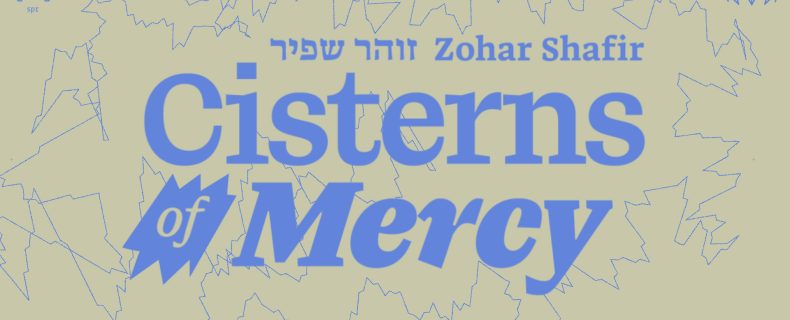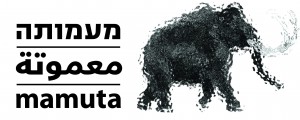(Hebrew) Cisterns of Mercy

Cisterns of Mercy
Zohar Shafir
13:10 min
17.05.24– 15.08.24
The vocal work, “Cisterns of Mercy,” examines the resilience of the internal world vis-à-vis the pressing reality. This inner world seeks ways to exist when everything else has ceased. According to Shafir, “Logic has failed us yet again; thus, we shall turn our backs on it and stride further to internal depths.” The work shifts between abstract, fantastic texts and pop culture phrases to intimate, straightforward, and concrete texts. “The word is like a radio transmitting from a different world,” writes Shafir, and so characterizes the main motif of her work: an attempt to reconcile the inner world and the current present.
The choir performing the work was assembled exclusively for it. Shafir examines the various voices of the choir members and seeks to find each member’s vocal intonation and uniqueness. Using joint recitation technique and poetry repetition, the choir members’ uncontrollable vocal variety comes to light, providing a glance at each of their individual vocal imprints. The piece is constructed by several sound edits, which are rearranged into a vocal montage. During the editorial work, Shafir uses voice isolation, construction of different takes of the same song on top of the other, mixing text, recordings, and instrumental song clips, and usage of different recording qualities, which distinguish the various pieces composing the work. The decomposition of the material emphasizes the work’s associative experience and the shift between the abstract, the comical, and the intimate.
The work comprises four movements, each containing sets that combine readings and short songs. The songs are influenced by pop music, characterized by repetitiveness and pop images. Nevertheless, Shafir strives to disrupt the traditional song structure, leaving the pop elements untangled, hanging by a thread, unfinished. The short songs refer to renowned genres in pop culture—blues, hard rock, and Music of Israel—yet they are all somehow distorted. The work is accompanied by a Fanzine created by Shafir herself, containing the song lyrics, illustrations, and an etching by Uri Lifshitz titled “The Fortune Teller.”
The work is accompanied by a fanzine created by Shafir, which includes the texts of the songs, illustrations and an engraving by the late Uri Lifshitz called “Fortune Teller”.
Choir: Zohar Shafir, Or Aloni Aya Lion, Naama Mokady, Ayala Shamir, Eden Shaked
Curation: Amir Bolzman | Recording and mixing: Ori Kadishay | Project Director: Naama Mokady | Artistic Direction Tea House Gallery: Mamuta Art & Research Center together with Hansen House for Design, Media, and Technology.
Zohar Shafir (1981) is a musician and performer who deals with spaces between nostalgia, deconstruction, and popular music. Her work includes composition and arrangement using tapes, archival materials, and electronic instruments. Alongside her activity in experimental music, she has released four albums under the name Niko Teen, both collaboratively and in her solo project. Shafir deconstructs and reassembles structures characteristic of pop music, exploring vocal expression through original texts that address questions about popular music and are influenced by it.
Shafir is a Department of New Music graduate at Musrara—The Naggar School of Art and Society. In recent years, she has been teaching voice development with an emphasis on the body and movement to integrate vocal expression.
Opening Hours: Mon-Thu 10:00-22:00, Fri 10:00-14:00
6.6 19:30, Gallery talk


